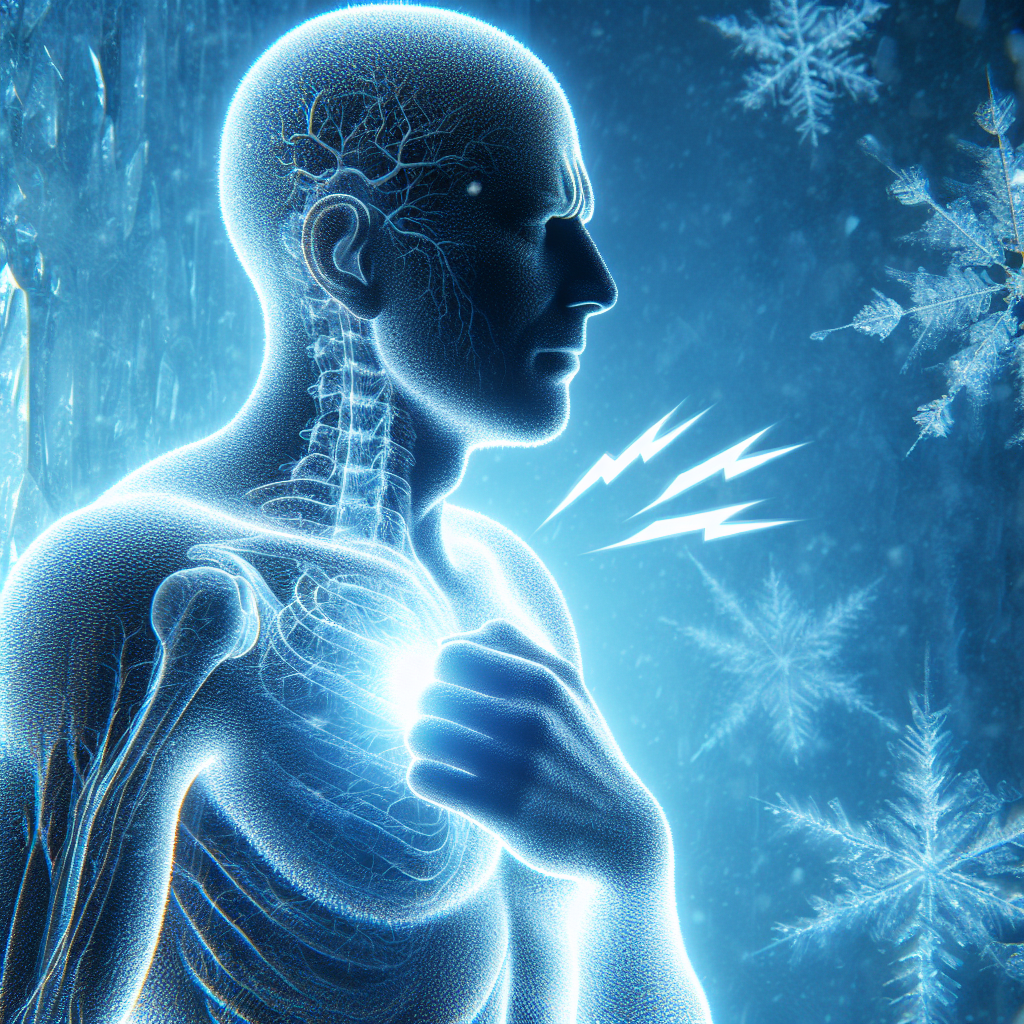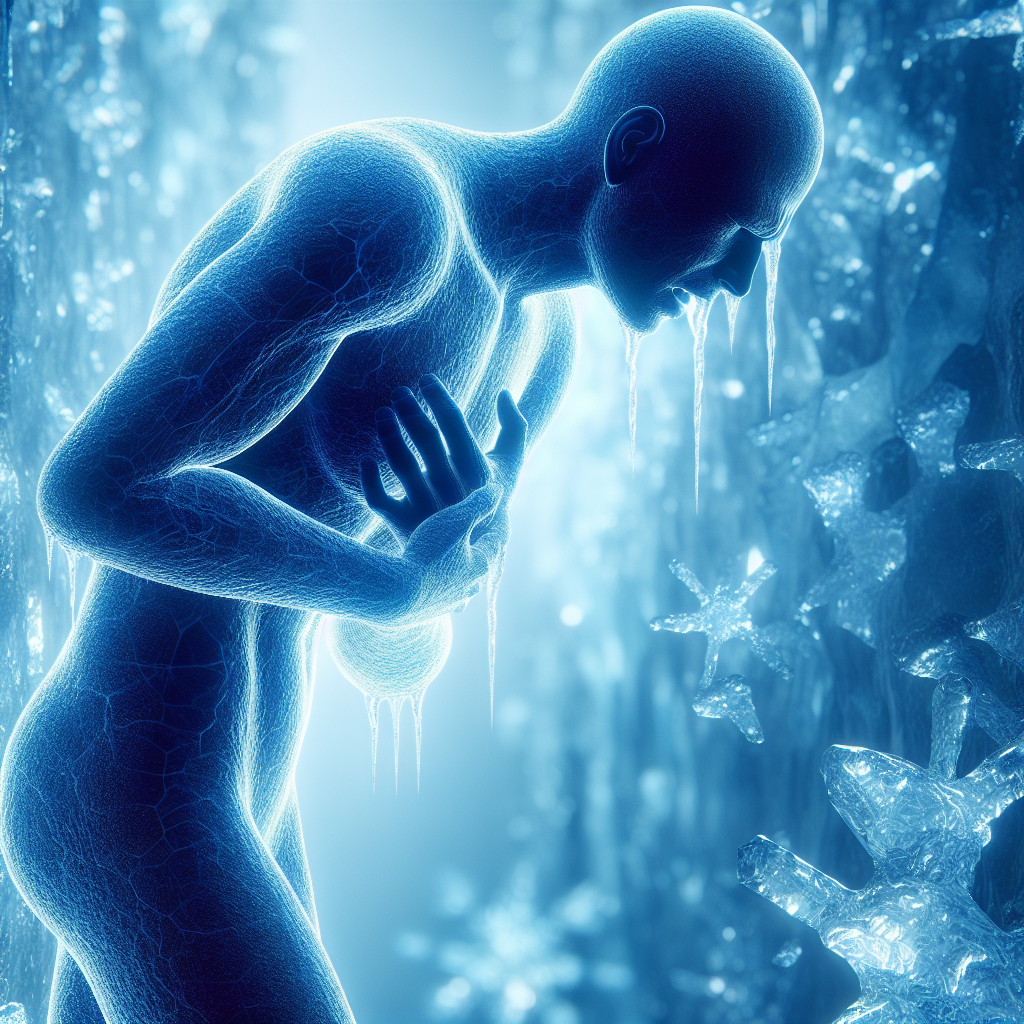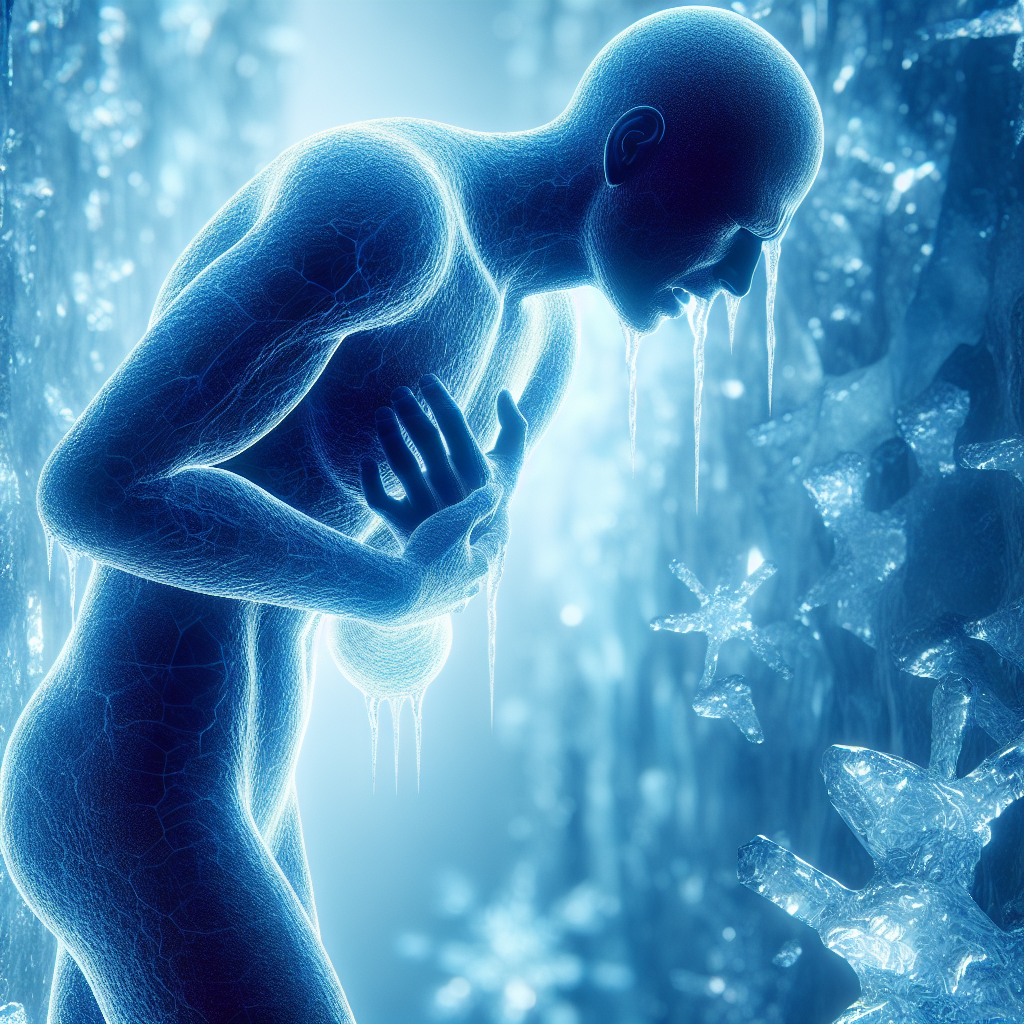Journey into the incredible world of your body’s reactions to chilly conditions with the article, “The Science of Shivering: Understanding Body Responses to Cold.” In the forthcoming text, you’ll become intimate with the fascinating scientific rationality behind the involuntary action we all know as shivering. From the biological triggers that stimulate your muscles into rapid contraction and expansion, to the physiological purpose this serves in maintaining your core body temperature – this comprehensive perspective can change how you perceive cold weather. So, prepare to be amazed by the splendid complexity of your own constitution, as you uncover the mystery behind this everyday phenomenon.

The Basics of Body Temperature Regulation
Keeping your body temperature stable is one of the many ways your body maintains homeostasis, which is its internal balance. A baseline temperature must be maintained for your body to function properly. On average, the human body keeps a steady internal temperature around 98.6 F (37 C).
Homeostasis and body temperature
Within the sphere of homeostasis, body temperature regulation is a critical element. If your body temperature varies too much, it can lead to serious health consequences. There’s a fine balance your body must maintain: too hot and proteins begin to denature, too cold and biochemical reactions slow down.
The role of the hypothalamus
The hypothalamus, a small region at the base of your brain, acts as the body’s thermostat- ensuring body temperature stays within an acceptable range. It does so by receiving signals from thermoreceptors spread throughout your body, and in response, triggers body reactions such as sweating when it’s hot or shivering when it’s cold.
Thermoreceptors and temperature perception
Thermoreceptors are nerve endings in the skin and various internal organs that detect changes in temperature. They send this information to your brain, allowing it to process and react accordingly. In cold conditions, they alert the hypothalamus which in turn sends signals to the body to initiate heat producing actions.
What Happens When You Get Cold
When your body experiences a drop in its temperature, various mechanisms kick in to counteract the change and bring your body back to its optimal range.
The immediate response: vasoconstriction
The first line of defense against cold is vasoconstriction, which reduces the flow of blood to your skin, limiting heat loss to the environment. While this means more warm blood is kept at your core, you might notice your fingers and toes feeling chilly.
Shivering: the body’s attempt to generate heat
As the cold continues, your body will start to shiver. The rapid contraction and relaxation of muscles produces heat, which works towards counteracting the chill.
Goosebumps: a remnant of evolution
Goosebumps are a relic from our hairy ancestors. In response to cold, small muscles at the base of each hair follicle contract causing your hair to stand up. This would have once formed a layer of insulating fur, but for modern humans, it’s largely ineffective.
Changes in metabolism and blood flow
In the cold, your metabolism may increase to generate more heat and your heart rate may increase to maintain blood flow to vital organs.
The Physiology of Shivering
Shivering is no mere shuddering of the body, there’s a myriad of complex physiological mechanisms happening beneath the surface.
Muscle activation and energy expenditure
Shivering activates nearly all skeletal muscles in your body in a series of rapid contractions. This process also burns more calories, thereby generating heat.
Thermogenesis and heat production
Thermogenesis is the process of heat production in your body, often caused by shivering. During shivering, your muscles rapidly contract and relax, causing a rise in metabolic activity and subsequently warming the body up.
The role of brown adipose tissue (BAT)
Brown adipose tissue, also known as BAT or brown fat, plays a vital role in heat production when your body is cold. Unlike regular fat, BAT burns energy to create heat, contributing to non-shivering thermogenesis.
Shivering thresholds and feedback mechanisms
Each person has unique shivering thresholds or triggers, which can depend on various factors. Once your body’s temperature stabilizes, hypothalamus cools down the various mechanisms, bringing shivering to a halt.

Factors That Influence Shivering
There are many factors which can affect how and when your body starts to shiver.
Cold acclimatization and adaptation
With regular exposure to cold, your body can become more efficient at conserving heat. It’s why people who live in cooler climates may not shiver as quickly or as much as those who aren’t used to the cold.
Age and shivering response
Babies and the elderly might shiver less than adults, but this doesn’t mean they’re less affected by the cold. Babies have a higher surface area to volume ratio meaning they lose heat faster, while older people may have a reduced shivering response due to slowing metabolism.
Fitness level and body composition
Physical fitness and the amount of body fat you have can affect your shivering response. Individuals with more body fat can often tolerate colder temperatures as they have more insulation.
Hormonal influences on shivering
Certain hormones, such as thyroid hormones, can influence your body’s response to cold. A low level of these hormones may reduce the efficiency of your temperature regulation mechanisms.
Health Conditions and Shivering
A variety of health conditions could impact your body’s ability to effectively regulate temperature.
Hypothermia: when shivering is not enough
Hypothermia generally occurs when your body cannot produce enough heat to compensate for the heat loss, even with shivering. It’s a dangerous condition that can lead to serious health consequences, and in severe cases, can be fatal.
Raynaud’s phenomenon and excessive vasoconstriction
Raynaud’s phenomenon is a disorder that affects the blood vessels, usually in fingers and toes. It causes excessive vasoconstriction and could potentially amplify your body’s response to cold temperatures.
Thyroid disorders and impaired thermoregulation
Your thyroid gland plays a significant role in body temperature regulation. Disorders of the thyroid can lead to low body temperature (hypothyroidism) or high body temperature (hyperthyroidism).
Neurological conditions affecting shivering
Neurological disorders can affect body temperature regulation and increase susceptibility to hypothermia. This includes conditions such as Parkinson’s disease and multiple sclerosis, which can disrupt the normal functioning of the hypothalamus and other temperature regulating systems.
Techniques to Combat Shivering
There are countless ways you can help your body defend against the cold and reduce shivering, ranging from the clothes you wear to the activities you perform.
Layering clothing for insulation
Layering clothes in a cold environment is efficient at trapping body heat. The air between the layers works as an insulator, reducing heat loss and therefore keeping you warmer.
Heat-generating clothing and accessories
These days there are plenty of heat-generating clothes and accessories available, from electric socks to self-heating jackets. These are fantastic tools to help combat cold, particularly in harsh conditions.
Physical activity to increase body heat
You can increase your body heat through physical movement. Physical activity boosts your metabolic rate which increases the amount of heat being produced.
Cold weather survival strategies
In a survivor situation, actions like building a fire, making a shelter or huddling with others can help to conserve and increase body heat.
The Evolutionary Significance of Shivering
Shivering has played a crucial role in human survival throughout history.
Shivering as a survival mechanism
By generating heat through shivering, our ancestors were able to endure colder climates, expanding their geographical range and survival possibilities.
The role of shivering in human evolution
Cold climates might have driven human evolution to develop effective mechanisms such as shivering, to survive in such harsh environments.
Comparison to shivering in other animals
Other mammals also shiver when cold. Animals with large fur coats might rely more on their insulation, whilst smaller or less insulated animals could shiver more as a protection against cold.
Unraveling the Neural Pathways of Shivering
While we understand the basics of what triggers shivering, the exact neural circuitry is yet to be fully defined.
Brain mechanisms involved in shivering
Regions of the brain including the hypothalamus are involved in triggering the shivering response. The exact pathway of signals is yet to be fully delineated.
The central pattern generator (CPG)
The central pattern generator (CPG) is a neural network in the spinal cord that generates rhythmic muscle patterns, like those produced during shivering.
Neurotransmitters and shivering control
Certain neurotransmitters such as norepinephrine have been implicated in controlling shivering. Further research could clarify their role and prove useful in treating related disorders.
Current and potential therapeutic approaches
Better understanding of the neural pathways and chemicals involved in shivering could pave the way for new treatments for conditions that impact body temperature control.
Shivering vs. Other Cold Defense Mechanisms
Apart from shivering, your body has other defense mechanisms to counteract cold temperatures.
Non-shivering thermogenesis (NST)
This kind of heat production doesn’t involve muscle activity or shivering, but results from increased metabolic activity, particularly in brown fat.
Behavioral adaptations to cold
Behavior plays a key role in reacting to cold. This includes making the decision to put on more clothes, seeking a warmer environment or drinking hot fluids.
Blood vessel constriction and rewarming
Constricting your blood vessels to reduce heat loss and warming up slowly once you’re back in a warm environment are effective ways to restore normal body temperature.
The Psychological Effects of Shivering
How you perceive and react to cold can be influenced by psychological factors.
Cold-induced stress and discomfort
Constant shivering can induce stress and discomfort. This psychological response can exacerbate the physical sensation of coldness, creating a vicious cycle.
Psychological factors affecting shivering
Your mental state can impact your body’s response to cold. Anxiety, fear, or anticipation can all exacerbate shivering, creating a heightened perception of coldness.
The mind-body connection in cold exposure
Your mental resilience can significantly influence your bodily response to cold. Techniques such as mindfulness can help you keep your body relaxed and reduce your shivering response in cold conditions.
